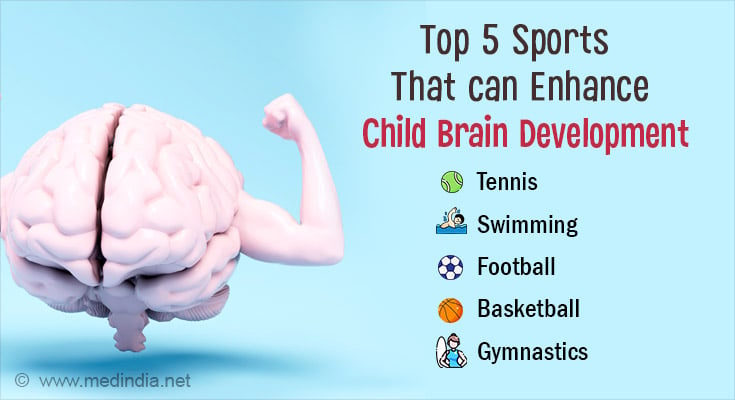This groundbreaking achievement provides a unique window into the early phases of embryonic development, closely resembling a day-14 embryo concerning internal structures, as described in their study (
).
This innovative work was first presented during the International Society for Stem Cell Research (ISSCR)’s annual meeting in Boston in June and subsequently published in Nature. While this advancement is groundbreaking, the scientists are quick to clarify that they are still a considerable distance away from creating an embryo from scratch.
Jacob Hanna, the leader of the research team, emphasized that determining when an embryo model becomes classified as an actual embryo is a critical question that hinges on regulatory factors. Currently, the research is nowhere near that point. However, this work holds tremendous potential for various applications, including drug testing during pregnancies, enhancing our understanding of miscarriages and genetic diseases, and the potential to cultivate transplant tissues and organs.
Advertisement
Hanna’s team achieved this feat by utilizing stem cells derived from adult human skin cells, alongside other cells cultured in the lab. They reprogrammed these cells to an early developmental state with the capacity to differentiate into various cell types.
By manipulating them, they created a structural approximation of an embryo, though it’s not an authentic or synthetic embryo, a distinction important to the ISSCR and many other scientists. Instead, it serves as a model to demonstrate the workings of an embryo.
Hanna explained that in roughly 1 percent of these aggregates, they observed cells differentiating correctly, migrating, and organizing themselves into the appropriate structures. The furthest they reached in replicating human embryo development was day 14. Their next objective is to progress to day 21 and achieve a 50% success rate.
New Avenues in Embryonic Development Research
This study joins a series of similar human embryo-like models published by research teams worldwide this year, though none of them can entirely replicate natural human development.
However, collectively, they provide valuable tools for studying numerous aspects of human development experimentally, as noted by Magdalena Żernicka-Goetz, a professor at the University of Cambridge specializing in development and stem cells.
While these scientific achievements are remarkable, they also raise ethical concerns regarding potential future manipulations in human embryo development. Hanna and others in the field highlight the importance of transparency and public engagement in discussions about the implications of this research.
They draw parallels with nuclear physics, emphasizing that just as nuclear research continues despite concerns, scientific exploration in this realm should be conducted with openness and responsibility, avoiding the shadows of secrecy.
Reference :
- Human embryo models grown from stem cells – (https:phys.org/news/2023-09-human-embryo-grown-stem-cells.html)
Source: Medindia



